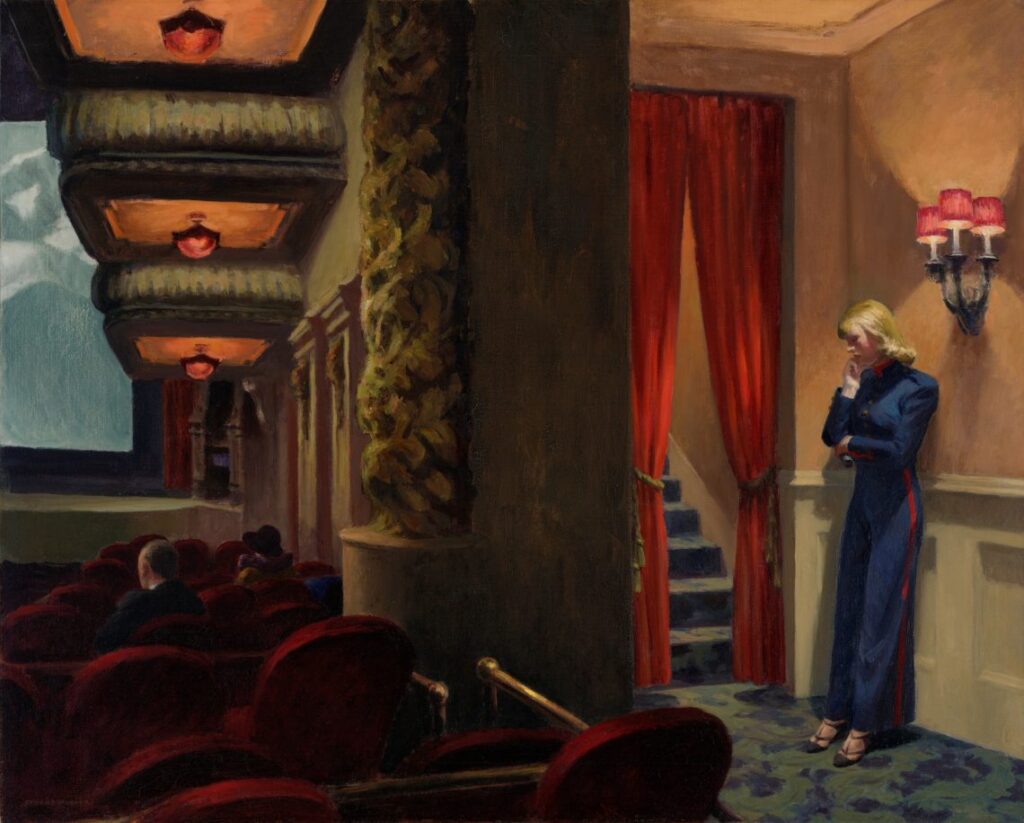Artist Edward Hopper describes life in 20th century America through a charming aesthetic that gives way to intrigue. This genius left behind an unprecedented pictorial legacy that has had a significant impact on cinema.
Artist Edward Hopper became one of the best realist painters, as his paintings revealed the daily life of his compatriots. Edward Hopper`s paintings reflect a certain nostalgia for what America was. These representations are staged against the backdrop of an internal conflict between the characters portrayed and the place in which they find themselves.
Let’s consider the works that best convey his unique artistic style!
Edward Hopper`s paintings manage to capture the right scene and the right emotion at the right time. Those who view Edward Hopper`s paintings are not only spectators but also voyeurs whose curiosity interferes with the calm of the moment. It’s like we’re inside a detective story and every scene is filled with repulsive, suspicious qualities.
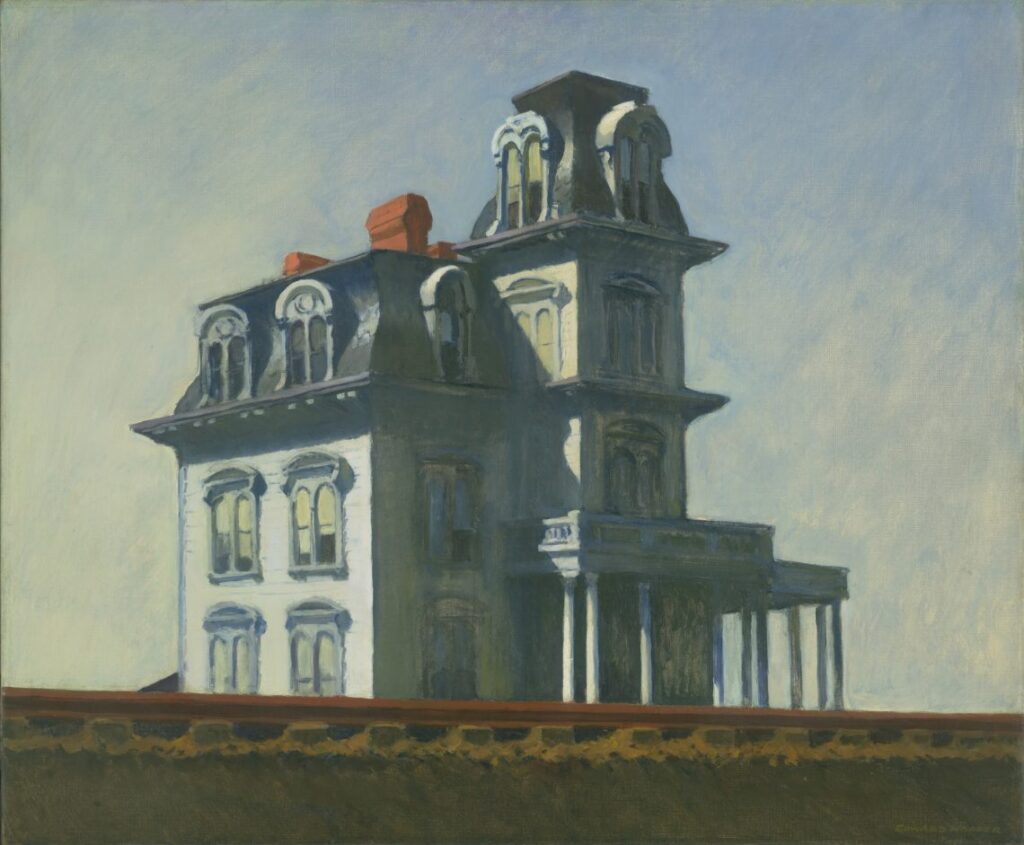
Even without an invitation, we observe anxious personalities in Edward Hopper`s paintings. His interest in the play of light is not directed towards bringing out their faces or expressions, but rather their posture, the distance between their bodies, and the conspicuous contrast of colors.
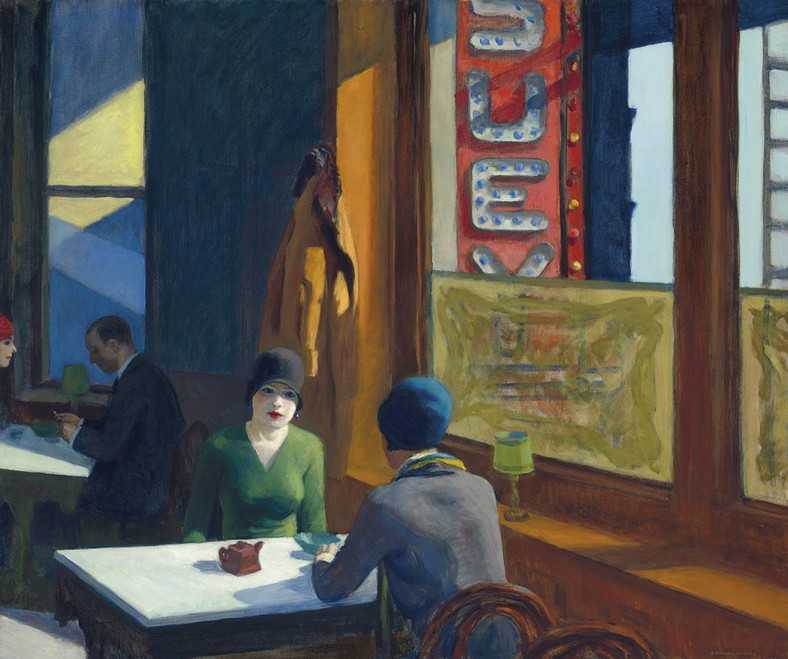
The characters in Edward Hopper’s paintings are not heroes, relatives, or acquaintances. These people are potentially each of us. In the heart of the city, in front of shops, cafes and eateries, artist Edward Hopper invites us to contemplation.
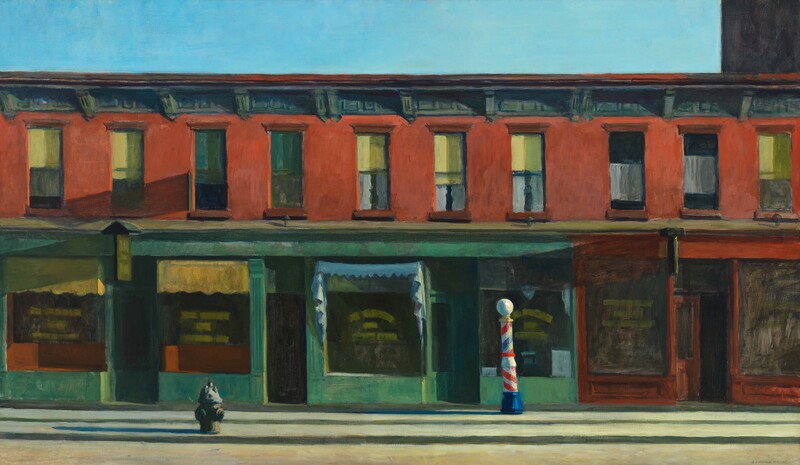
Moreover, we must look and peer until we understand what he meant. In any work by Hopper, shadows, poses, light, and architecture can say something important, and reveal a secret. Transparency is Hopper’s specialty. He wants to show us the inexpressible and therefore gives us the right to decide what is true and what is false.
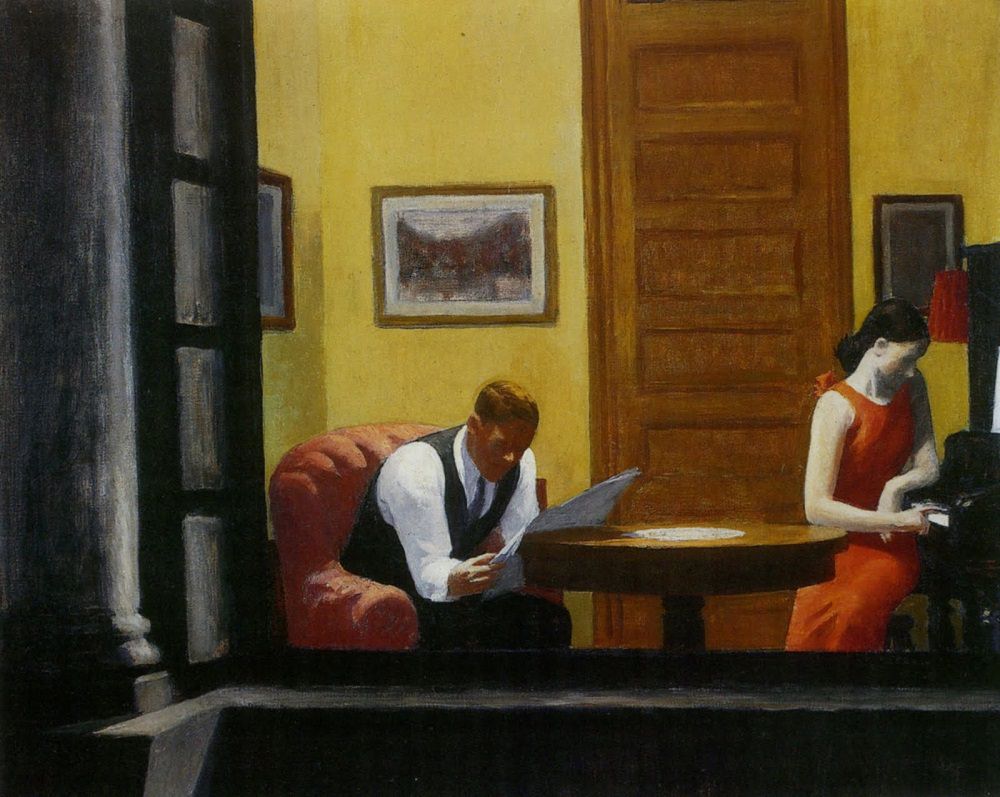
Edward Hopper’s visualizations were and will always be open to interpretation. Each work creates its own atmosphere, and each atmosphere reveals a different side of the frustrated, lost, silenced, or lonely everyday American.
